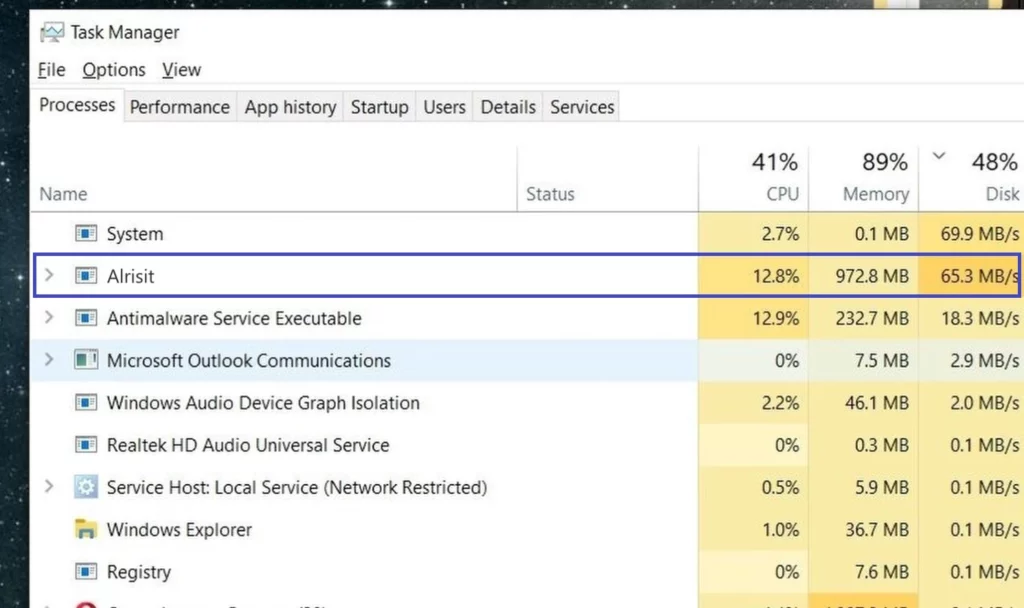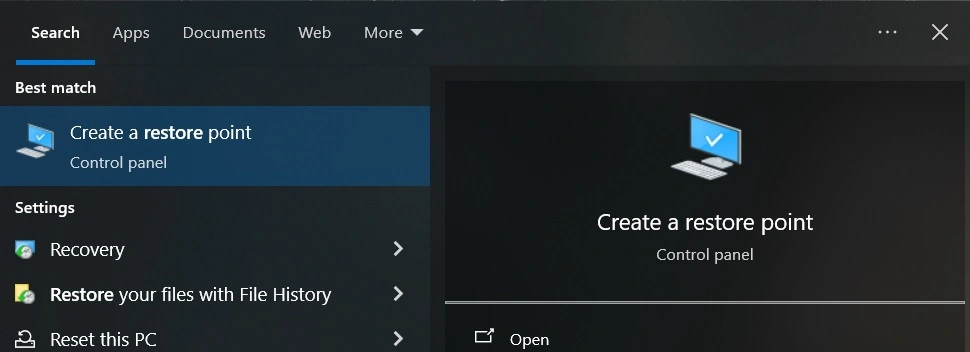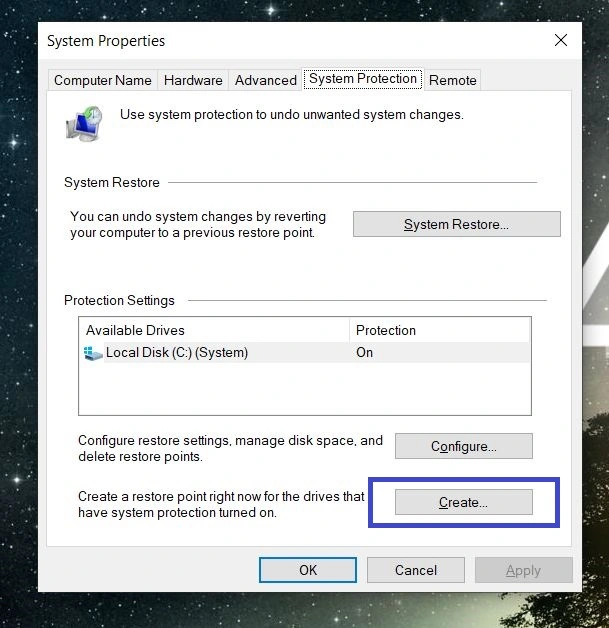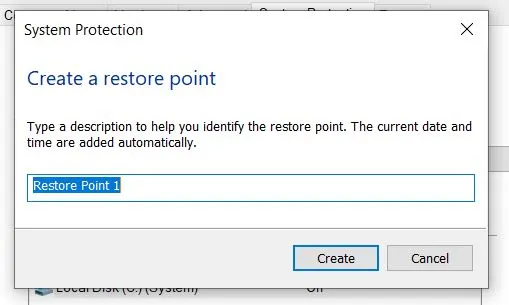Alrisit is the latest iteration in a long line of malicious programs like Alrucs and Altruistics that exploit your PC’s resources for undisclosed cryptocurrency mining. It’s also associated with another common malware named Barousel. In other words, this is a Trojan Miner that earns money for its creators by secretly using up your RAM and CPU.
The Alrisit application presents itself as something legitimate, so many users don’t realize that it’s malware. But now that you are here and know the truth about this Trojan, you can move on to the steps to remove it.

Alrisit Removal Guide
We made sure to dig deep and figure out the exact steps that will help you remove the Alrisit application, and now we’ll guide you through the entire process. The key to removing this Trojan miner is to hunt down all its files and processes and delete them, so there’s nothing rogue left on the PC.
You might see an Alrisit uninstaller on your PC, but chances are running it won’t do anything. Of course, it’s worth the shot, but if (when) it doesn’t work, you’ll need to perform the following steps.
SUMMARY:
Before you begin the guide, we recommend creating a Restore Point. This is just a standard safety precaution so don’t worry about completing the guide – everything should be fine.
- Type Restore in the Start Menu, and press Enter.

- Click the Create button in the newly opened window.

- Give the Restore Point a name and then click Create again.

- If you ever need to use that Restore point, click the System Restore option in the same window, click Next, choose the restore point you created, and click on Next > Finish.
How to Get Rid of the Alrisit Application From Your PC
In this guide, we won’t bother with looking for an Alrisit uninstaller, and we’ll go straight for the manual removal steps, starting with a Task Scheduler cleanup:
- Type Task Manager in the Start Menu and press Enter. Then click More Details if you don’t see the full list of tasks/processes.
- Here, you must find the Alrisit process, but note that it could also have a different name. It could be named Alrucs, Aluc, Altruistics, or something similar. The rogue task will often have a small red heart icon, but it might also have a generic system icon.
- Once you find the Alrisit application process, right-click it and click Open File Location Folder.
- Now delete everything in the folder that opens, including the folder itself.
- It’s possible that you aren’t allowed to delete one or more of the files. If that happens, download the free Lock Hunter tool from here and install it on your PC.
- Then right-click each item you couldn’t delete earlier, select the “What’s locking it?” option, and then click Delete in the next window.

- After you get rid of all rogue files/folders, return to the Task Manager. If the Alrisit process is still active, right-click it and click End Task.
- Also, go to this folder “C:\Program Files (x86)\AlrisitApplication” and delete the folder.
- Next, press Winkey + R, type taskschd, and hit Enter.
- Click the Task Scheduler Library folder in the top-left and look for tasks with unusual names that seem connected to Alrisit.
- We recommend carefully expecting each task by right-clicking it and going to Properties > Actions to see exactly what it does. If a particular task runs some suspicious program or process, right-click it again and delete it.
We can’t give you specific names for Alrisit tasks in the Task Scheduler. Again, look out for anything similar to Aluc, Altsrt, Altruistics, or Alrucs, but know that the Trojan can frequently change their names. That is why it’s important to take your time and do some hands-on investigation. It’s also fully possible there are no rogue tasks, but it’s still important that you don’t skip this step.
Once you think you’ve done everything, search for Apps & Features in the Start Menu, then look through the list of apps and try to find the Alrisit application (it could be named differently). When you find it, click it, and click Uninstall.
If you’ve successfully found and deleted all rogue data and processes, you should get an error telling you that the program was already uninstalled, and you can choose to remove its entry from the list of programs. Opt to remove it and close the window.
Is Alrisit Removed Completely?
If you carefully followed the steps and didn’t skip anything, we have high confidence that the Trojan miner is no longer on your PC. However, we still recommend that you perform one last check to see if Alrisit is removed in full.
Security tools like AVG and the anti-malware program included in this page can help spot any leftover malware, but you can also perform a manual check.
To do that, re-open the Task Manager, and this time click the Details tab. There, you can see the User running each process, which will make rogue ones stand out because they might be run by a new user account that you don’t recognize.

Normally, you should only see processes run by SYSTEM, LOCAL SERVICE, NETWORK SERVICE, UMFD-0, and the user profiles you’ve created. If you see any process run by a different user, this means it’s likely something rogue and needs to be stopped, and its data deleted in the way we showed above.
How Did Alrisit Get on Your PC?
There are numerous vectors for the distribution of rogue software, but when talking about Trojan miners like this one, the most common method is some form of file bundling. Most of the time, people get Alrisit and its siblings after downloading some shady app or outright a program that’s being illegally distributed.
You know what we are talking about – pirated programs and cracked games downloaded from torrent sites or other similar platforms. Steamunlocked comes to mind as one of the most common sources of such Trojan miners and all other types of malware, but it’s not the only one.
Sometimes, programs that are technically legal and legitimate might also have such miners included in their installers. However, then you’ll typically have the option to deselect them in the installer and leave them out of the installation. Because of this, you must always pay attention to the setup settings before launching the installation.

Leave a Reply